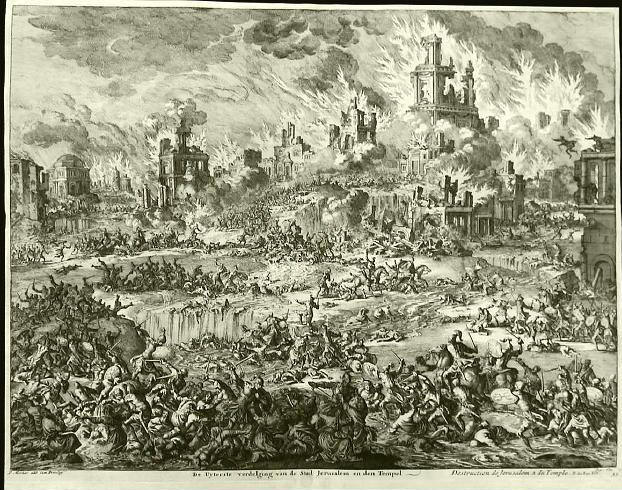Question
Gramps,
What can you tell us about the Narrative of Zosimus and why wasn’t it revealed in the past (1830 period)?
Drew
Answer
Drew,
The exploration of ancient texts often reveals profound insights into the beliefs and narratives that shape modern faiths. One such text is the Narrative of Zosimus, an ancient document that bears striking parallels to the Book of Mormon, a sacred scripture of The Church of Jesus Christ of Latter-day Saints.
The Narrative of Zosimus is an ancient work believed to have originated in Judea during the time of the prophet Jeremiah. It is composed of themes and motifs that resonate deeply with the experiences of Lehi and Nephi as described in the Book of Mormon. The narrative recounts the journey of Zosimus, a righteous man who, after fervent prayer, receives a vision that leads him through a wilderness to a land of blessedness. This journey includes crossing an “unfathomable river” covered in darkness and encountering a tree laden with fruit, reminiscent of the tree of life imagery found in the Book of Mormon.
The thematic connections between the Narrative of Zosimus and the Book of Mormon are striking. Both narratives highlight a journey from Jerusalem, underscoring the importance of prayer and divine direction in seeking a promised land. The tree of life motif serves as a powerful symbol in both texts, representing divine nourishment and love.
In the Narrative of Zosimus, the protagonist receives teachings from a group of righteous sons of God, paralleling the divine guidance experienced by Nephi and his family in the Book of Mormon. This shared narrative structure emphasizes a common cultural and religious heritage that transcends generations and geographical boundaries.
Despite the compelling similarities, it is essential to understand why the Narrative of Zosimus was not revealed during the 1830s. At the time Joseph Smith translated the Book of Mormon, the *Narrative of Zosimus* had not yet been widely published in English. Its first significant publication occurred in the late 19th century, long after the Book of Mormon was introduced to the world. Consequently, Joseph Smith and the early Latter-day Saints likely had no access to this text, which challenges claims that the Book of Mormon was plagiarized from the Narrative of Zosimus.
The absence of the Narrative of Zosimus from the cultural lexicon of early Latter-day Saints can be attributed to several factors. Primarily, the early Saints were focused on the revelations and teachings contained within the Book of Mormon and other foundational texts of the Restoration. The significance of these texts was framed within their unique cultural and doctrinal context, which did not include the Narrative of Zosimus.
The parallels between the Narrative of Zosimus and the Book of Mormon offer valuable insights for members of The Church of Jesus Christ of Latter-day Saints. By highlighting these connections, believers can strengthen their faith, recognizing the ancient roots of their beliefs and the divine guidance that has been consistent throughout history.
The Narrative of Zosimus serves as a reminder of the importance of prayer, righteousness, and divine intervention—core teachings of the Church. The experiences of Zosimus mirror those of Lehi and Nephi, showcasing a continuum of divine engagement with humanity that transcends time and space.
The exploration of the Narrative of Zosimus reveals not only its rich historical and cultural significance but also its profound connections to the Book of Mormon. Understanding these links enhances our appreciation for the ancient texts that shape our spiritual heritage. The absence of the Narrative of Zosimus during the early 1830s was not a limitation but rather a testament to the unique and divinely orchestrated nature of the revelations that came forth through Joseph Smith. As members of The Church of Jesus Christ of Latter-day Saints continue to study both texts, they can find strength and inspiration in the shared themes of faith, guidance, and the quest for a promised land.
Gramps







